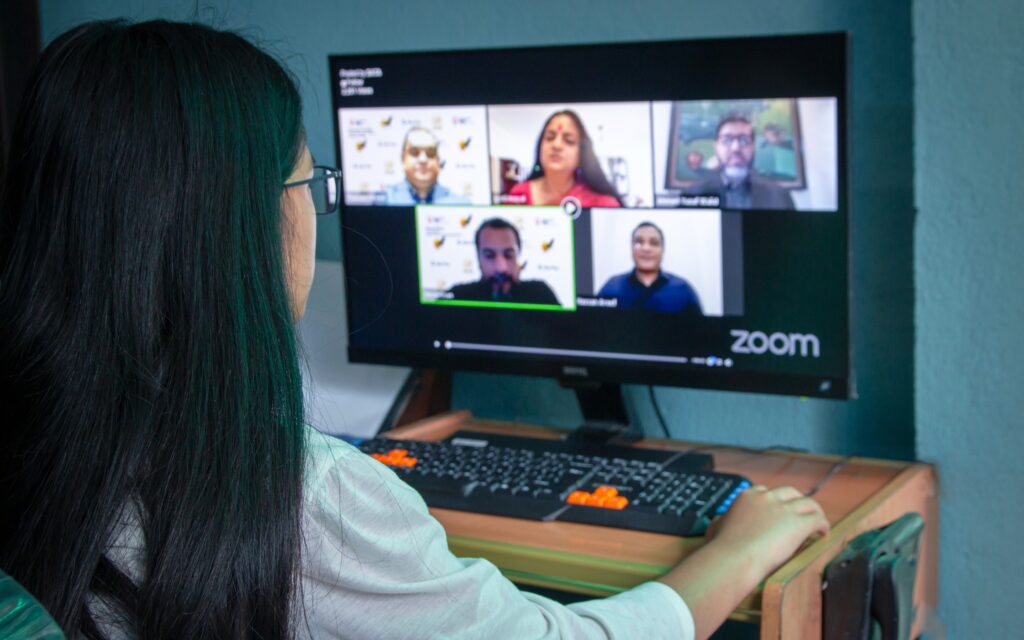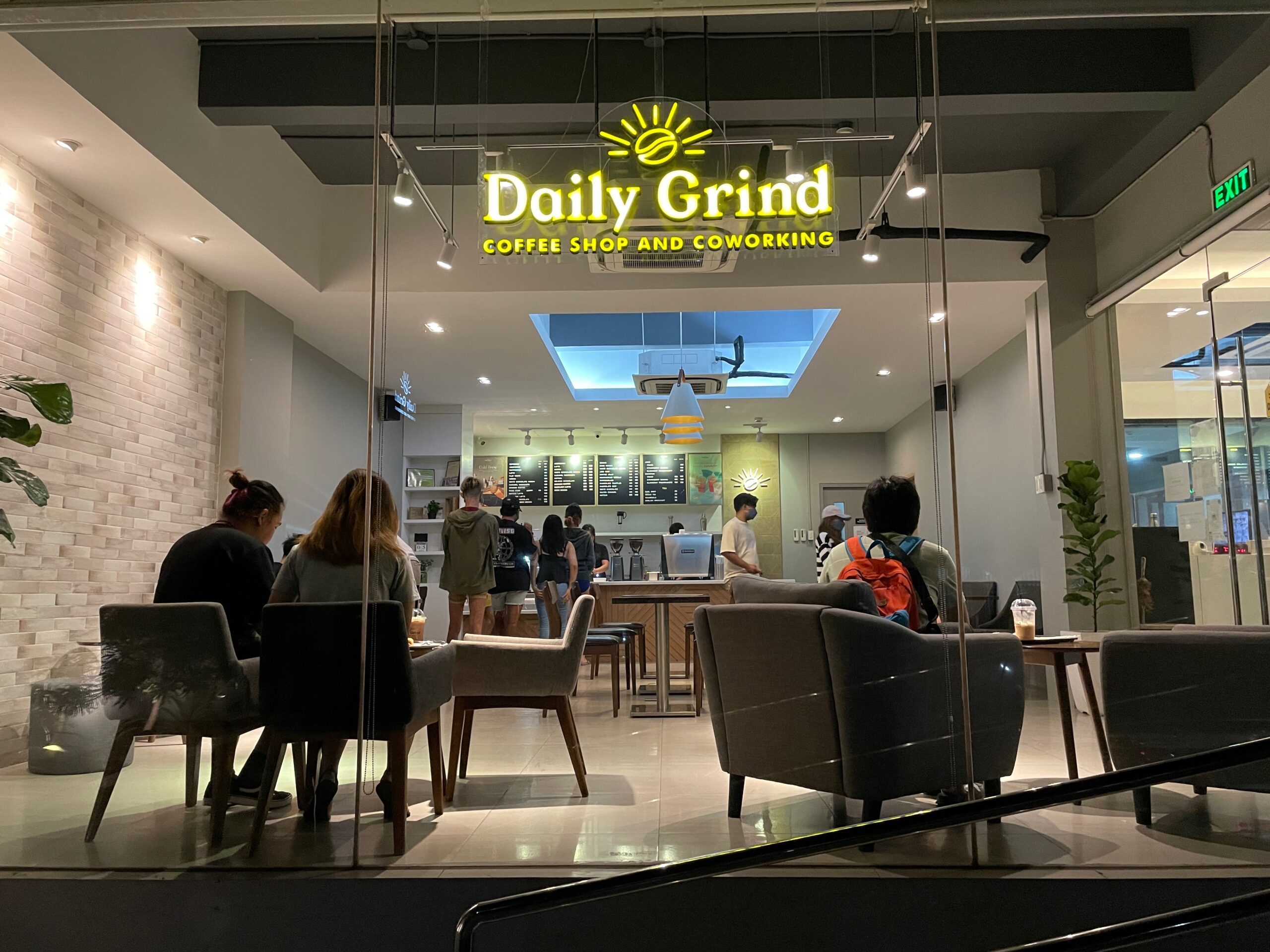We’d like brainstorming sessions to be productive, but it takes effort to have everyone contribute meaningful and creative ideas. When mismanaged, a brainstorming session can yield unsatisfactory solutions. With the COVID-19 pandemic forcing many to work outside the traditional office space, we’ve had to adapt to accomplishing our tasks online—including brainstorming.
Brainstorming ‘on the internet’ (brain-netting) might seem easy to adopt; but different work environments and technical difficulties (such as poor connection) may make people less productive, especially when they’re not used to remote work. Aside from that, if your team can’t brainstorm productively in person, then it’s unlikely you’ll fare any better online. So how do we fix that?
We’ve listed a few tips, rules, and techniques that help create productive brainstorming sessions. Any working professional can benefit from these tips—even those who brainstorm alone.
How do I brainstorm effectively?
Pre-brainstorming Prep Work
Preparing an effective brainstorming session starts before the session happens. Expecting a team member to provide 100% output when they’re only 70% ready spells disappointment a mile away, so it’s best to let them prepare ahead of time.
1. Send out a brief in advance.
Give your team members time to research and digest information. While a surprise revelation can lead to sudden creative ideas, it’s likely you’ll waste time thinking. Save yourself the time and send out a brief in advance. Ideas can still jump out when your team members read the brief; they just have to write those ideas down.
Do this even if you’re brainstorming alone. Committing to a topic makes research easier.
2. Get ample rest before a brainstorming session.
A good night’s sleep is necessary for idea generation. The brain makes connections and processes information during REM sleep—the third of the four stages of sleep.
While some report feeling more creative when deprived of sleep, it’s not a good idea to march into a creative venture when you’ve been sleep-deprived multiple days in a row. Sleep deprivation has negative long-term effects not only on creativity but also on basic problem solving and memory formation.
Because the brain creates new, meaningful connections when you sleep, you’ll be able to look at your problem with a new point of view.

What are some of the brainstorming tips and techniques to take note?
It’s time to brainstorm, but you’re unsure if it’ll be a productive session. Use these tips and techniques to ensure productivity.
The Rules of Brainstorming
These aren’t hard and fast rules, but they can come in handy during brainstorming sessions.
1. Have a dedicated moderator.
It’s obvious, but some people overlook this crucial role. Remember the chaotic or quiet brainstorming sessions you’ve had as students.
Moderators take charge of the brainstorming session. They ensure that no one is dominating the conversation, encourage quieter team members to engage, and keep the discussion on track. They also keep criticism—which can clip creativity—at bay. While brain-netting, the moderator can mute individuals if they are the host or co-host of a video call.
Moderators should know different idea-sharing methods, so they can help team members voice their ideas more effectively and comfortably.
2. Hold your criticism.
Don’t interrupt team members when they’re sharing their ideas; it may make them self-conscious. They may stop sharing because they might get the impression that their idea was bad. Unsolicited critique can also derail the brainstorming session by lingering on one idea. Your team members have other ideas to share.
3. Hold your biases.
Let’s face it: People are biased. Whereas you might hold a team member in high regard, on the other hand you might think a team member doesn’t contribute any good ideas. Biases cloud your judgment.
While not always possible, it’s good practice to anonymize idea submission to reduce bias. For example, moderators can consolidate the group’s ideas through email and present them in an organized Google Document.
4. Don’t force it.
While it’s not bad to prod the quieter members of your group brainstorming session to perk up, you shouldn’t put them in the spotlight. Don’t startle your teammates. Forcing someone to talk when they’re not ready can kill any ideas that were forming in their heads. Moderators can give them a different outlet instead, such as writing.
You should also practice this during solo brainstorming sessions. Don’t force yourself to think when you’re at your limit; you’ll create more work for yourself by needing to analyze any bad ideas you’ve thought of.
5. Consider spreading the session out.
Stretching out a brainstorming session has its benefits.
First, you’ll gain a new perspective. Discussing an idea for a while blinds you to its flaws; taking breaks helps you give fair criticism. You could rework a bad idea or shoot a good idea full of holes. If you can’t see any, then you chose a solid idea.
Second, your team members may be more productive when they can contribute when they’re able to, instead of being forced to during one brainstorming session. Ideas can strike at the most unexpected times. While mostly feasible when brain-netting, it’s still possible during in-person huddles. Leave the brainstorming area open and leave markers for team members to add their thoughts to the whiteboard. Alternatively, have a drop box for ideas they’ve written. Meet your team on a designated day and discuss those ideas together.
Last, it might be more convenient to attend multiple 15-minute chunks rather than an hour-long session.

Brainstorming Techniques to Try—and Adopt
1. Rapid Ideation
This is a great technique if you want your team members’ immediate thoughts. Have your team members write down their ideas somewhere and set a time limit, with five minutes being ideal. After that, pool their ideas together and sort them out. If you’re brain-netting, ask them to message you their ideas, and then organize these ideas in a single document.
With this technique, you’re bound to see a few duplicates. Use them to your advantage; you may choose to stick to those ideas or veer toward the opposite direction.
Rapid ideation is also useful if you’re brainstorming alone because it can give you starting points to work on quickly.
2. Mind-Mapping
Mind-mapping is simply the use of visuals to organize information. It makes brainstorming more productive, because you can see which concepts are connected and how closely related they are. Mind maps can be simple or complicated; it’s up to you.
Generally, you start with the main topic in the center, and then surround it with related topics, connected like tree branches. Take those subtopics and think of more detailed related topics. Repeat until you feel like your team has enough material to work with. You can make some surprising connections with this technique.
Mind-mapping is excellent if you’re trying to figure out the causes of a problem or if you’re experiencing mental block.
3. Step Ladder Technique
With this brainstorming technique, ask all but two of your team members to leave the video call. Ask these two members—your “core”—to discuss their ideas for five minutes; then call one person and let them join the core members. Let the person who recently joined to express their ideas before letting the core members discuss their ideas. Then allow them to discuss for five minutes. Repeat until all members have been reintroduced into the group.
This technique lets your members express their creative ideas without outside influence. You’ll still be collaborating because you’ll be immediately discussing your ideas after presenting them. With this technique, your team can build up ideas or reach a compromise.
4. Role Playing
This is the least workable technique for brain-netting—especially if you’re not using video calls. However, if you’re looking to solve a problem that involves your clients (such as complaints), then this technique may work best.
A team member will pretend to be a client in a problem situation. Your other team members will then analyze why this client feels frustrated. Then, your team brainstorm solutions to the client’s problem using their analyses.
This is helpful in solving clients’ problems, but it’s also useful in creating targeted content.
How will coworking spaces make my brainstorming sessions more productive?
The demand for flexible workspaces and coworking spaces had been steadily climbing even before the COVID-19 pandemic hit. In the Philippines, it had already been predicted that more and more companies were looking to utilize flexible workspaces as early as 2018. And for good reason: People thrive in coworking spaces. Among the obvious giveaways such as fast internet connection and shorter commute times, coworking spaces offer great benefits that boost productivity.
But how exactly do coworking spaces enhance the brain-netting experience? Why go to a coworking space instead of working at home?

1. Coworking spaces hit the right balance between relaxed and structured.
Too much freedom is counterproductive. People like having routines; these build discipline, which in turn make you more productive. In a coworking space, you choose your hours; most coworking shops are open 24/7 to accommodate night owls.
No one will judge you for taking a break in a coworking space. People need time to process information and develop meaningful additions.
Also, relaxed work environments result in less stress. Stress dampens creativity, making you share fewer meaningful ideas in a group brainstorming session.
Coworking spaces also give you a hard division between work and home, which makes it easier to relax after working. Some people struggle to de-stress when working at home, especially if they don’t have a dedicated work area.
2. Coworking spaces save you time.
You will commute less to that nearby coworking space and can sleep longer. Good sleep is essential to creative and mental functions; a tired team member will be less helpful in a brainstorming session.
Alternatively, use that time productively.
3. There’s less to worry about.
Working from home may be more convenient time-wise, but you have to worry about sudden blackouts or bad internet connection. Imagine that happening during a group brainstorming session. In a coworking space, you don’t need to worry. Many have generators, and most have high-speed internet.
There are also fewer distractions. You can always ask if there are quieter areas if it gets too noisy.
4. You’re surrounded by likeminded, but unique individuals.
The human brain produces ideas when it forms connections between subjects, so creative ideas strike when you least expect. A coworking space houses many professionals with different backgrounds and areas of expertise, providing you with many perspectives your brain can use to make connections. Perhaps you’ll get a great idea when talking to another professional in the coworking space.

Enhance your brainstorming sessions and productivity with Daily Grind Coffee Shop and Coworking.
Workers in the Philippines are encouraged to work from home because of community quarantine. However, many are inexperienced at working outside of the traditional office and struggle to be productive. Even following these remote work tips may prove difficult because they’re not used to this new work environment. Maybe they’ll fare better in a coworking space.
Daily Grind Coffee Shop and Coworking provides Southies with a safe space to work in during this quarantine. We have affordable prices, high-speed internet, uninterrupted power and water, a modern ambiance, and great (unlimited!) coffee (or tea). You can also stop by the coffee shop for delicious food and drinks. Visit us today!





